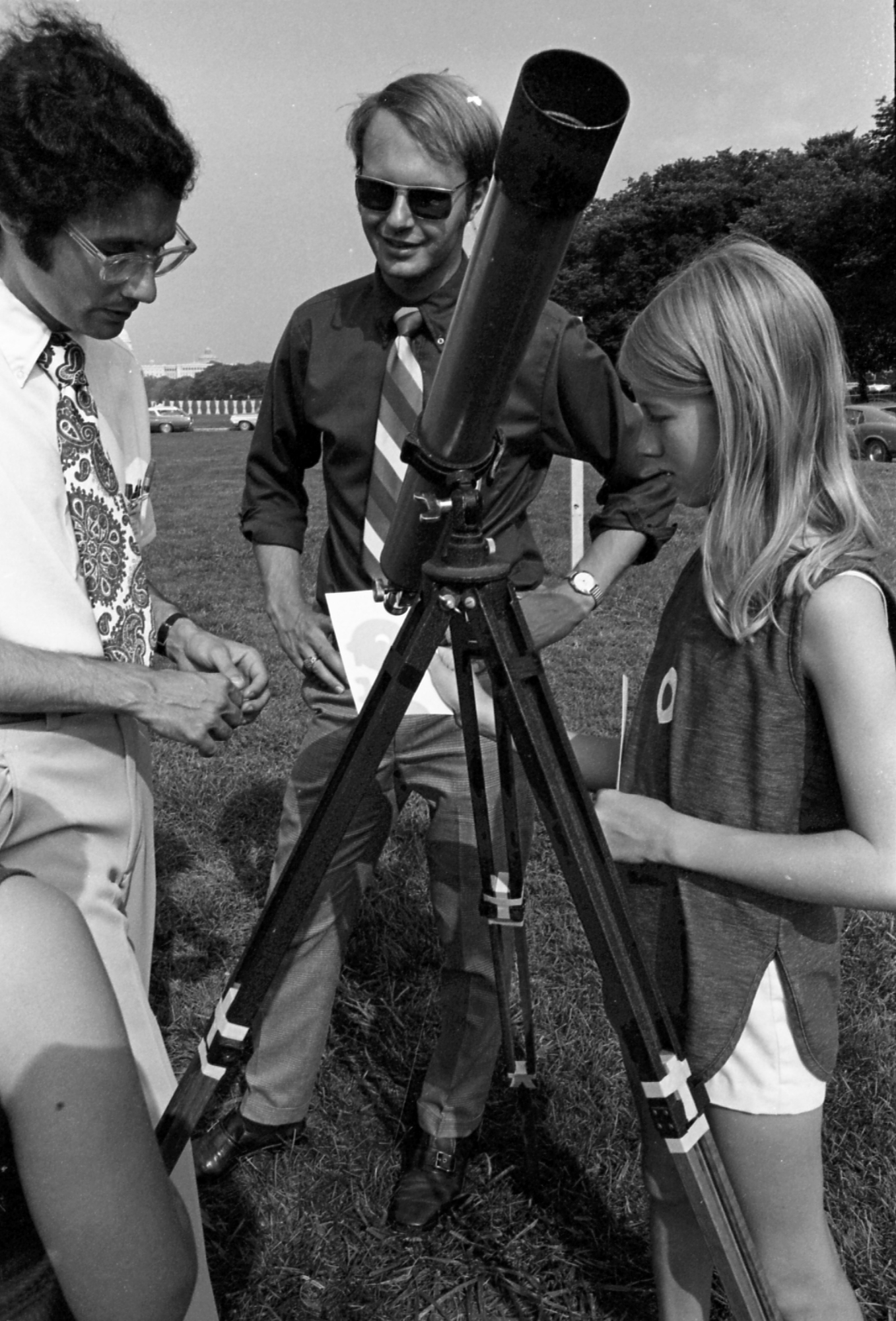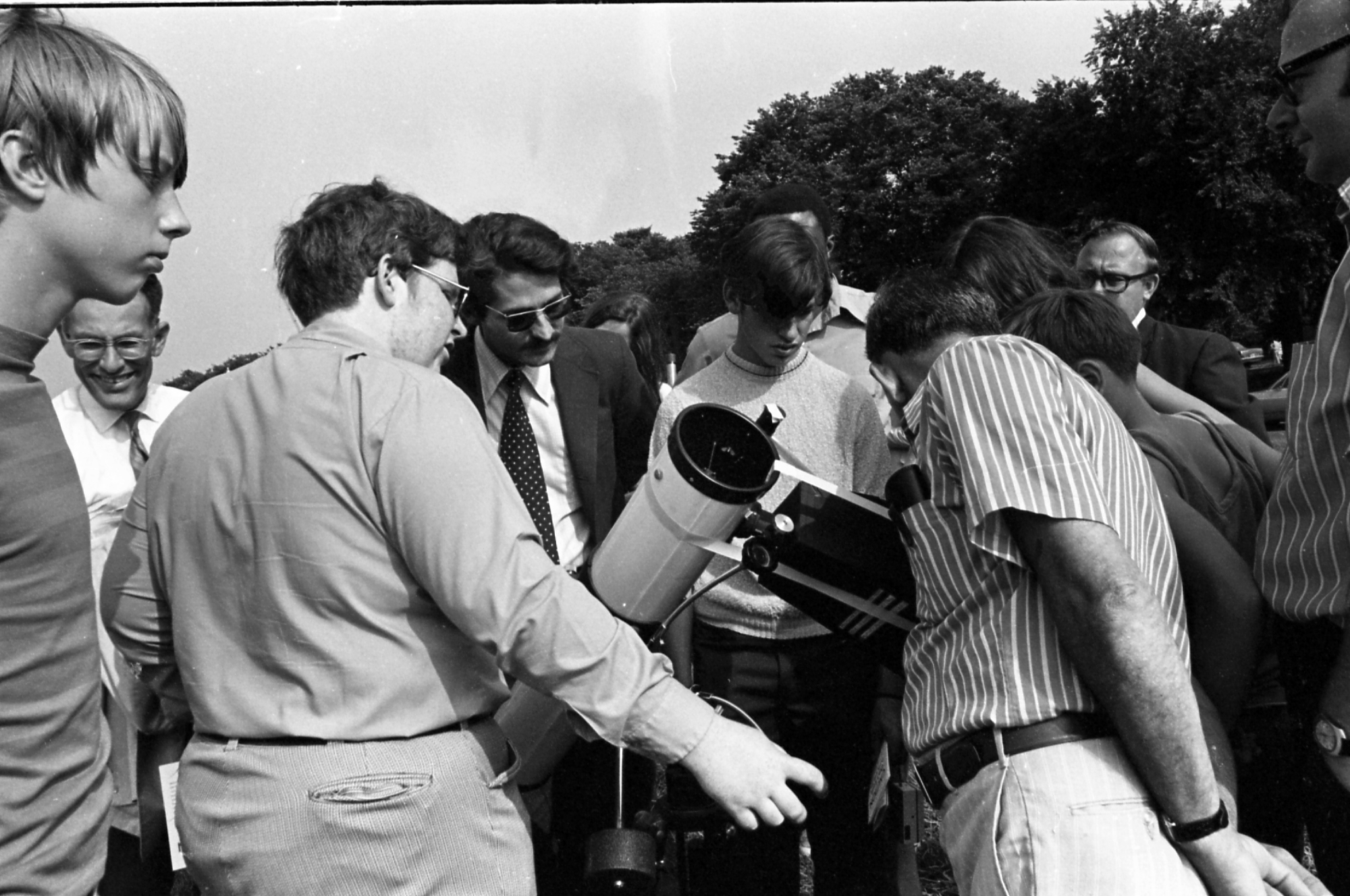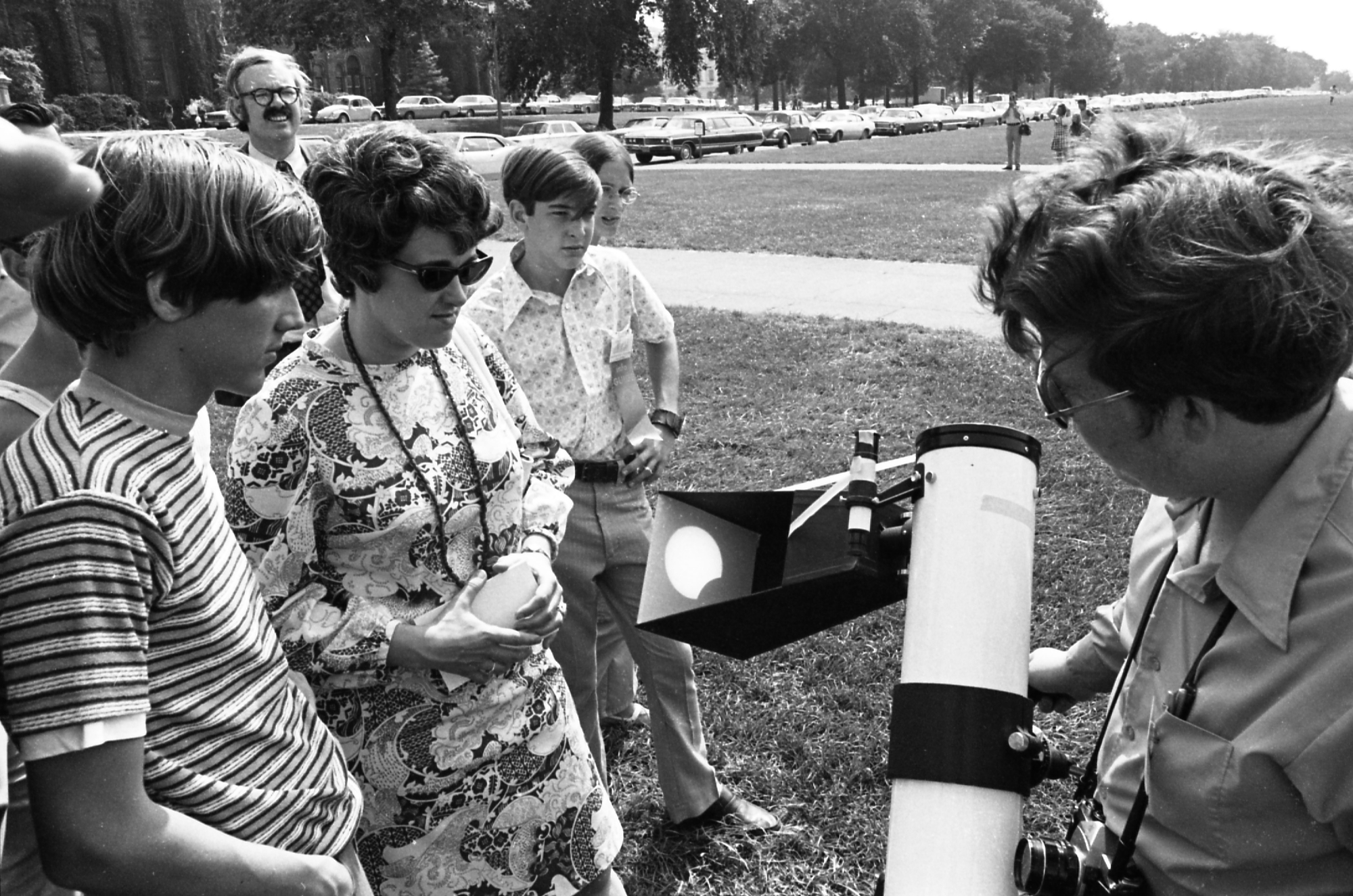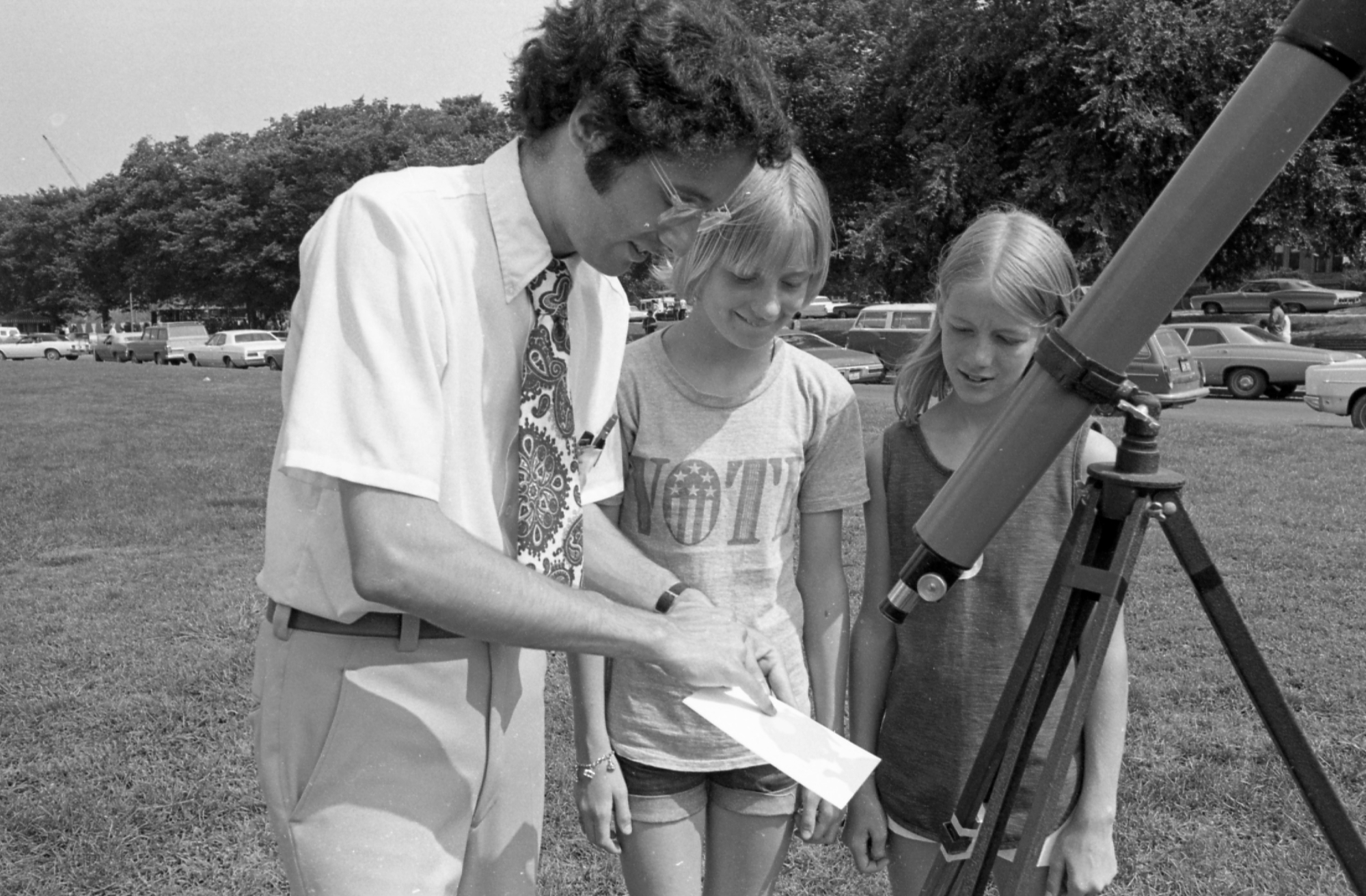On August 21, 2017 the stars will, quite literally, align. In spots throughout the United States, a total eclipse will be visible, meaning that the moon will pass between the sun and Earth, completely covering the sun. Even if you are not in the path of totality, people throughout North and South America can see a partial eclipse.
The Smithsonian has a variety of ways for you to learn more about the eclipse, and tips for viewing it:
- The Smithsonian Astrophysical Observatory’s “Smithsonian Eclipse” app is a free, interactive guide to the eclipse. You can watch a stream of the eclipse as it travels the U.S., via NASA, and access some the Observatory’s solar research.
- Stop by the Smithsonian’s National Air and Space Museum to see the eclipse through solar telescopes, pick up a pair of free eclipse glasses, or make your own pinhole eclipse viewer.
- Some tips from an “eclipse chaser,” and National Air and Space Museum volunteer.
- Not in the path to view the eclipse? Stay inside and browse the Smithsonian’s collection of eclipse-inspired objects.
The Smithsonian has a history of eclipse-ready public programming. In 1972, in anticipation of an eclipse in July, Smithsonian staffers, equipment in hand, headed to the National Mall to demonstrate to visitors how to watch the eclipse safely.
Related Resources
- Science Service, Up Close: Up in the Air for a Solar Eclipse, The Bigger Picture, Smithsonian Institution Archives
- Science Service, Up Close: Charles Bittinger and the Worlds of Science and Art, The Bigger Picture, Smithsonian Institution Archives
- Smillie and the 1900 Eclipse, The Bigger Picture, Smithsonian Institution Archives
Produced by the Smithsonian Institution Archives. For copyright questions, please see the Terms of Use.









Leave a Comment